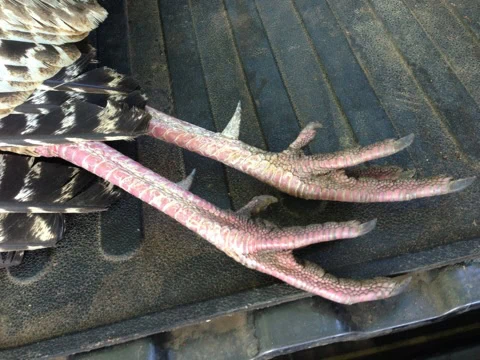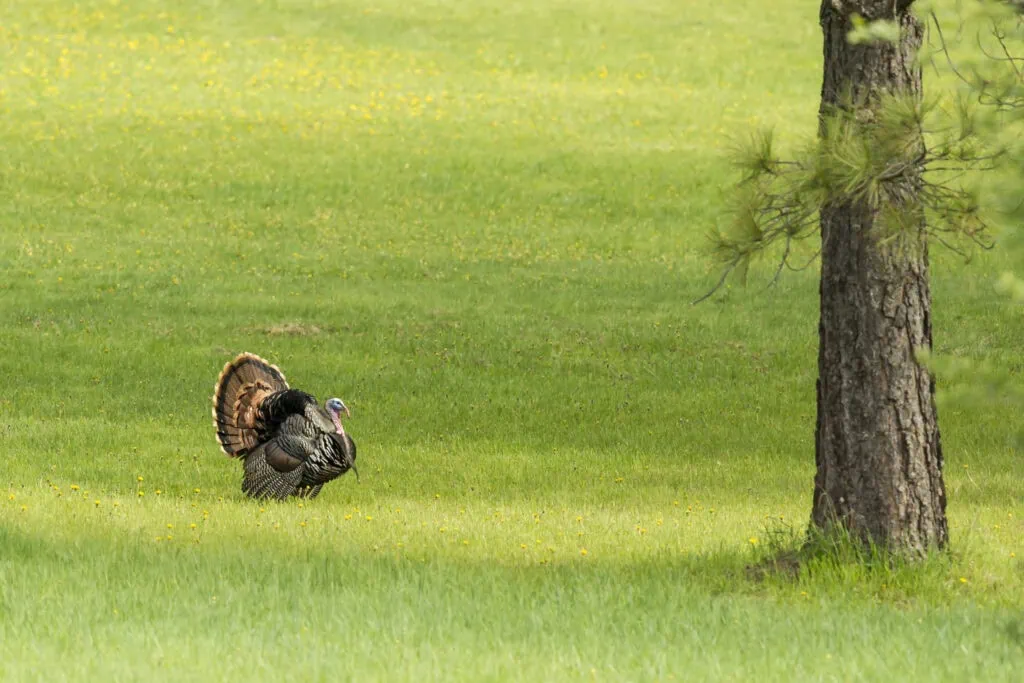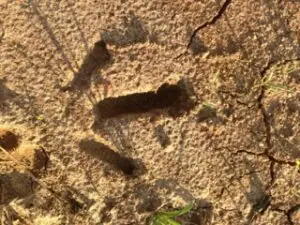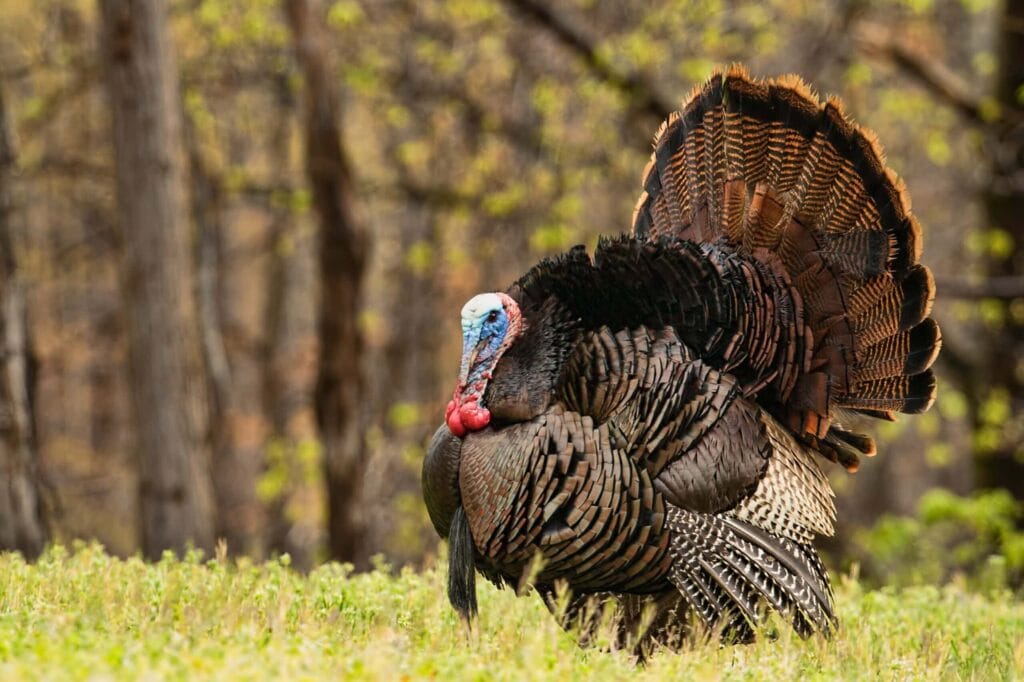By: Lindsay Schumacher
As the calendar flips to March 20, signaling the first day of spring, Alabama’s hunters are gearing up for a tradition that’s as old as the hills—turkey season. With its generous bag limits and an extended season, Alabama stands as a prime destination for those eager to test their skills against the wily Eastern Wild Turkey. With the youth hunt kicking off this weekend and the main event starting March 25 for most, it’s time to dust off the camo and get ready for another memorable season.

A Conservation Success Story
Alabama’s turkey population is a testament to successful conservation efforts. Just a century ago, wild turkeys were teetering on the brink of extinction in the state, with numbers as low as 10,000. Thanks to concerted habitat management and restoration efforts, these majestic birds now thrive, particularly in Alabama’s Black Belt Region, providing hunters with excellent opportunities each spring.
Season Details and Regulations
For those ready to answer the call, here’s a quick rundown of the season dates and zones:
– Zone 1 (Most of Alabama): March 25 – May 8
– Zone 2 (Northwest Alabama): April 1 – May 8
– Zone 3 (Southwest Alabama): March 25 – May 8
Youth hunts are set for March 23-24 in Zones 1 and 3, and March 30-31 in Zone 2, with special disabled hunts on March 24 and March 31, respectively.
In Alabama, hunters are allowed to harvest one gobbler per day, with a total of four during the combined fall and spring seasons. Remember, decoys are off-limits for the first ten days of the spring season, and mechanical turkey decoys are strictly forbidden.

Mastering the Art of the Call
For beginners, mastering turkey calls can make all the difference. Here’s a quick guide to the essential types:
– Box Call: Known for its ease of use, the box call is perfect for yelping, clucking, and gobbling. A simple hinged-lid friction call, it’s a staple in any hunter’s toolkit.
– Slate Call (Pot Call): Offering versatility, the slate call is great for fly down cackling and purring. It requires a bit more finesse but rewards with realistic sounds.
– Mouth Call: This diaphragm call is favored for its range and versatility, from yelping to kee keeing. It requires practice but is invaluable for hands-free calling.
– Tube Call: Known for its yelping and cutting, the tube call uses a latex reed stretched across a tube, offering a unique sound that can be highly effective.
Deciphering Turkey Talk
Understanding turkey language is key. A yelp means “Here I am, come here,” while a cluck asks, “Where are you?” Purring signifies contentment, and a kee kee is the call of a young lost bird. Cutting means excitement, and a gobble declares dominance.
Licensing and Reporting
Before heading into the wild, ensure you have the necessary licenses: an All Game Hunting License, a Harvest Record, and if hunting on a Wildlife Management Area (WMA), a Wildlife Management License and map permit. Don’t forget to report any harvests within 48 hours through Game Check via the Outdoor Alabama app or website.
With the arrival of spring, the call of the wild beckons. Whether you’re a novice eager to try your hand at this time-honored tradition or a seasoned hunter looking to add another gobbler to your record, Alabama’s turkey season offers a challenge and an adventure worth pursuing. Happy hunting!

